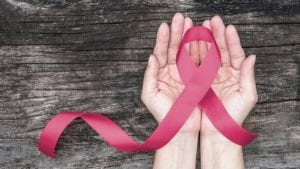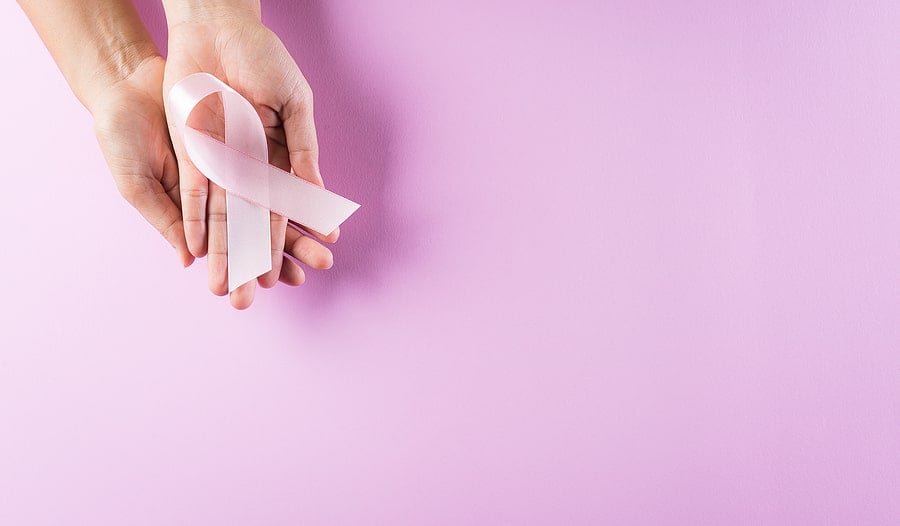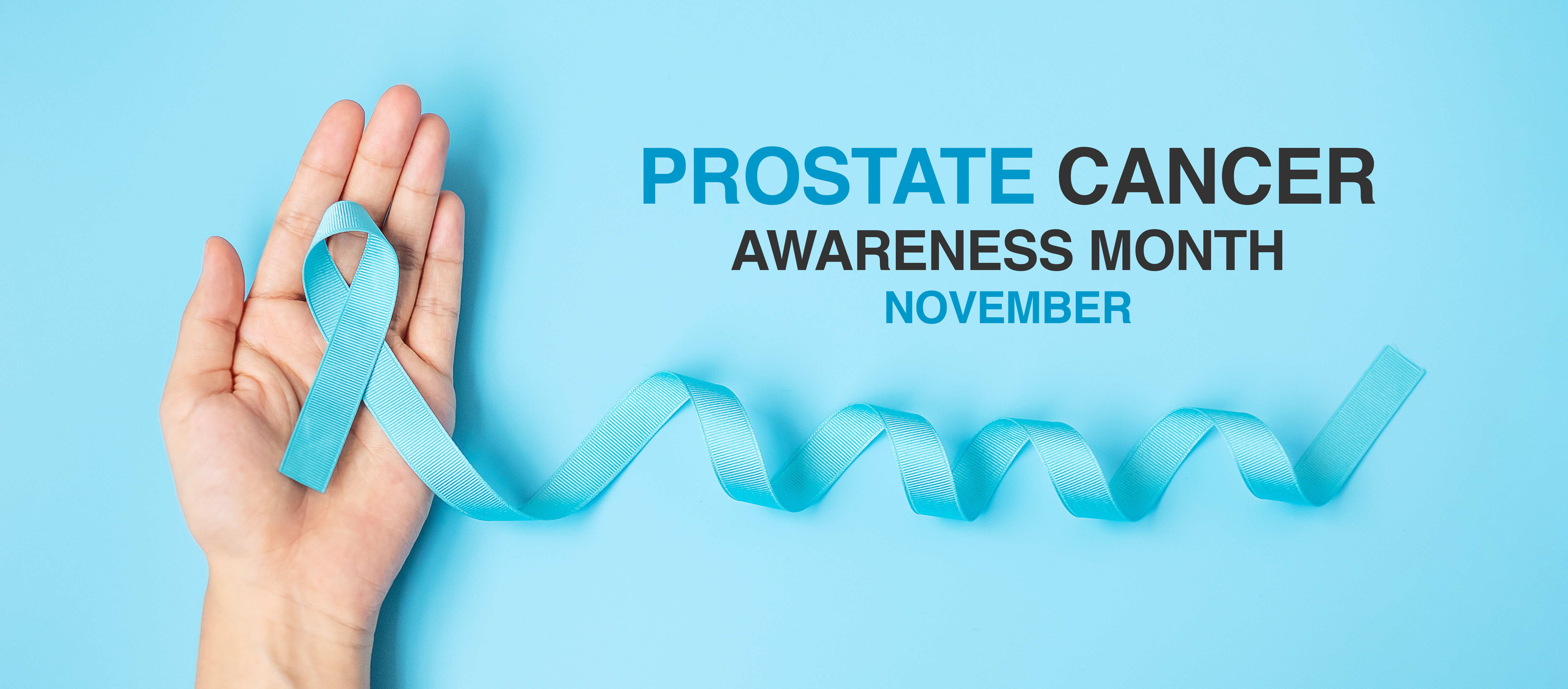9/11 and Breast Cancer
 There is an epidemic of breast cancer in the downtown NYC population because of 9/11. When the Twin Towers collapsed, they exposed thousands of residents to a toxic cloud of more than 2,500 known contaminants. These contaminants included asbestos, glass, silica, polycyclic aromatic hydrocarbons (PAH), and concrete dust.
There is an epidemic of breast cancer in the downtown NYC population because of 9/11. When the Twin Towers collapsed, they exposed thousands of residents to a toxic cloud of more than 2,500 known contaminants. These contaminants included asbestos, glass, silica, polycyclic aromatic hydrocarbons (PAH), and concrete dust.
In the weeks and months after the deadly terrorist attacks, volunteers, responders, residents, workers, and students in the Lower Manhattan area near Ground Zero breathed in this deadly air. They did this because the government and health officials told them it was safe and assured them they would not suffer harm. Now, many of the people who went back downtown after the attacks, have passed away, have fought breast cancer, or are still battling breast cancer.
If you were in New York City between September 11, 2001, and May 30, 2002, at or near Ground Zero and the exposure zone, and you now have or had breast cancer (or lost a loved one to breast cancer), you may qualify to receive free lifetime health coverage and substantial compensation.
The federal government created two programs to help survivors and responders of 9/11. Since that deadly attack, more than 100,000 people have obtained benefits and compensation through these programs. The government also extended the deadlines to file for this compensation, giving more people the opportunity to obtain medical benefits and compensation in the future if you are diagnosed with breast cancer.
Unfortunately, many New Yorkers and residents in Lower Manhattan do not realize that they can qualify for benefits and compensation through these programs. They may also worry that by collecting these benefits, they might deplete funds for first responders. This is not true! The U.S. government created these programs to assist everyone affected by the 9/11 terrorist attacks, including residents, students, and volunteers. As such, you can safely seek the benefits, coverage, and compensation you deserve without affecting any funding for first responders. In fact, downtown area residents, workers, and students are relieved to find out that all 9/11 claims are 100% paid since the federal funding for the September 11th Victim Compensation Fund is unlimited.
Collecting 9/11 benefits and compensation is not easy without the help of an experienced 9/11 attorney. Filing the necessary paperwork, forms, and documentation is complex and time-consuming. It also involves an extraordinary amount of red tape and knowledge of legal issues and complexity of proving that breast cancer or other illness was caused by being downtown on or during the months after 9/11. That is why 9/11 victims, survivors, and responders should choose a law firm to represent them throughout the process. While your 9/11 attorney fights for your rights to obtain the benefits and compensation you deserve, you can focus your energy on healing and on spending time with your friends and family.
Was the Air Safe to Breathe?
There is now a very strong link between the 9/11 toxins in the air and breast cancer. But what was in the air and was it truly dangerous to breathe?
In the days and weeks following the 9/11 terrorist attacks, a toxic dust cloud hung over the city of New York. Dust and debris covered most surfaces in the Lower Manhattan area including racks of clothing, countertops, stairwells, and streets. In addition, jet fuel fires burned for weeks pumping a toxic slurry into the air.
At the time, Christine Todd Whitman was the head of the Environmental Protection Agency under George W. Bush. She publicly declared that the air around Ground Zero was safe to breathe. She issued a public statement saying, “I am glad to reassure the people of New York….that their air is safe to breathe and their water is safe to drink.”
She even went so far as to tell Lower Manhattan residents and responders that they were not exposed to excessive levels of asbestos and other harmful substances.
She was wrong. In 2003, an EPA inspector general’s report found that the EPA never had the necessary data to make those statements about the safety of the air. In 2016, she publicly admitted her mistakes and said, “I am very sorry that people are dying and if the EPA, and I in any way contributed to that, I’m sorry.”
After 9/11, an estimated 80 percent of the WTC Dust was a highly alkaline mixture of concrete dust, gypsum, and SVFs. These irritants and contaminants became inhaled and deposited in the airways of NY residents and responders. They even swallowed these particles, causing harm to cells and tissues throughout the body. The other 20 percent of the dust in the air after 9/11 contained monitored toxins, such as asbestos fibers, heavy metals, PAHS, and dioxins.
Breast Cancer After 9/11
In the years that followed September 11th, responders and survivors in Lower Manhattan began to contract breast cancer at alarming rates. When first responders arrived at the scene of the terrorist attacks, they rescued victims from the towers and the rubble without hesitation. They blocked off streets and cleared the area to prevent further injuries. Many of these responders did not even have proper safety gear, yet they risked their lives and their health for others.
During that same time, residents, workers, students, and volunteers in Lower Manhattan breathed in the toxic air simply by living in the exposure zone. Health officials told them that it was safe to return to their apartments, schools and to their jobs. They cleaned up Lower Manhattan and aided significantly in its recovery. They reopened businesses and returned to work, and kept the economy afloat while supporting the community. Now, these same people, almost twenty years later, have in the past or now suffer from a variety of deadly cancers, including breast cancer.
One study published in the JNCI Cancer Spectrum found that 9/11 responders and survivors have a much higher chance of getting diagnosed with cancer than the general population. In particular, they found that the risk of breast cancer was also higher, especially in survivors — the people downtown on the day of the attacks or who later returned to their jobs, apartments, or school in downtown New York City.
Since 9/11, more than 70 studies have found a link between the PCBs present in the air after 9/11 and breast cancer in both men and women.
The World Trade Center Health Program identified female invasive breast cancer as the third most commonly certified cancer among those exposed to WTC dust and toxins. Breast carcinoma in situ is the fifteenth most common cancer certified as 9/11-related.
Unfortunately, breast cancer was not always covered by the World Trade Center Health Program and the Victim Compensation Fund. When President Obama signed the Zadroga Act into law in early 2011, it did not cover treatment for cancer of any kind, including breast cancer. Cancer coverage did not begin until 2012 when 9/11 medical studies and reviews showed a link between 9/11 and cancer rates.
The British medical journal The Lancet published one of those studies. This study concluded that 9/11 firefighters had a much higher rate of cancer when compared to their peers. This resulted in the addition of over 14 broad categories of cancer to the covered list of 9/11-related illnesses.
Since then, nearly 20,000 9/11 responders and survivors have obtained coverage, medical treatment, and even compensation for their cancer. Sadly, nearly 1,000 lost their lives to 9/11-related cancers in the nearly 20 years that have passed. According to the WTCHP, the 9/11 attacks and subsequent toxic dust caused 1,281 cases of female breast cancer, including 303 cases in first responders and 978 cases in survivors.
Men have breast tissue as well that can turn cancerous—famously, actor Richard Roundtree contracted breast cancer in 1993. Male breast cancer among 9/11 first responders, volunteers, and survivors is also on the rise. For the general population, only one in 100,000 men, or about 1 percent of breast cancer patients, will get diagnosed with breast cancer every year. However, for those present in Lower Manhattan after 9/11, rates are higher. Dozens of men present around Ground Zero after the 9/11 attacks have deadly forms of male breast cancer.
Signs of Breast Cancer
If you were near Ground Zero and the exposure zone during 9/11 or in the months that followed, it is important to recognize the signs of breast cancer. Early detection and treatment are keys to beating this serious and deadly cancer.
Different people have different symptoms of breast cancer, but some of the most common signs include:
- Lump in the breast or armpit
- Thickening part of breast tissue
- Dimpling of breast tissue
- Redness in the nipple area
- Flaky skin in the nipple area or breast
- Nipple discharge other than breast milk
- Change in size or shape of the breast
- Pain in any area of the breast
When you recognize any of these signs of breast cancer, it is important to seek a medical evaluation immediately. If you become diagnosed with breast cancer and you believe that your cancer is related to the 9/11 attacks, you can seek treatment and compensation through the two federal 9/11 programs: the World Trade Center Health Program and the Victim Compensation Fund.
Obtaining Medical Benefits Through the WTC Health Program
If you were one of the many individuals present in Lower Manhattan after the Twin Towers fell, you may be able to obtain medical benefits and monitoring through the World Trade Center Health Program. This program provides screening and treatment for a variety of health conditions, including breast cancer related to 9/11.
To obtain coverage, you must apply and have the WTC Health Program certify your breast cancer as 9/11 related. An experienced 9/11 attorney can help you and guide you through this difficult process. The WTC Health Program will certify breast cancers in individuals who were present in Lower Manhattan between September 11, 2001, and July 31, 2002. This includes first responders, general responders, survivors, residents, students, and workers. Even if you do not live in New York City any longer, you can still qualify to receive monitoring and treatment at one of the many Centers of Excellence in New York (including Memorial Sloan Kettering) and through the nationwide network of medical providers and specialists through Logistics Health Incorporated (LHI) for treatment anywhere in the United States.
What Breast Cancer Monitoring and Treatment Can You Receive?
The WTC Health Program follows specific screening guidelines set forth by medical experts and cancer specialists. Every year, members can receive a medical monitoring exam to check for signs of 9/11-related illnesses. The medical monitoring exam is a comprehensive yearly exam that includes breathing tests, chest X-rays, physical exams, cancer screenings, and mental health evaluation. If you are between the ages of 50 and 74, you can receive a digital mammogram once every one to two years.
If the mammogram finds cancer, the WTC Health Program will cover additional screening, as well as treatment if the cancer is determined to be related to 9/11.
Obtaining Compensation Through VCF for Breast Cancer
Once the WTC Health Program certifies that your breast cancer is related to the 9/11 terrorist attacks, you may then seek compensation through the Victim Compensation Fund. The program is fully funded and open to both responders and survivors present on 9/11 and in the months that followed.
To obtain compensation, you must meet specific criteria including:
- Have at least one 9/11-related WTC Health Program certified illness or cancer
- Present at Ground Zero or the NYC Exposure Zone between 9/11/01 and 05/30/02. The Exposure Zone for compensation through the VCF is smaller than the exposure zone necessary to obtain coverage through the WTC Health Program. It only includes Lower Manhattan south of the line that runs along Canal Street from the Hudson River to Canal Street and East Broadway/Clinton Street.
Your 9/11 attorney can review your case and determine if you can seek financial compensation through the Victim Compensation Fund. When Congress first created the fund in 2001, it distributed more than $7 billion in compensation to families and victims of 9/11.
In 2015, Congress reauthorized the fund to provide an additional $7.4 billion in aid. In 2019, Congress passed and President Trump signed the Never Forget the Heroes: James Zadroga, Ray Pfeifer, and Luis Alvarez Permanent Authorization of the September 11th Victim Compensation Fund Act, making the VCF essentially permanent and made available unlimited funds to pay the countless people who have or will suffer from a 9/11 related cancer either in the past or in the next 70 years. Now, the program is fully funded through 2090 to allow victims of 9/11 more time to seek compensation after being diagnosed with cancer or another type of illness. That is because many types of cancer can take up to 20 to 30 years to develop after exposure. The extension allows even infants exposed to the toxic dust and air after 9/11 the ability to seek compensation.
If you or someone you love was diagnosed with breast cancer and you believe the toxic dust from the 9/11 terrorist attacks are to blame, you need contact an experienced 9/11 law firm immediately.


